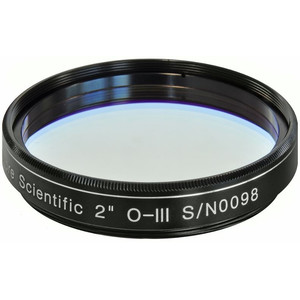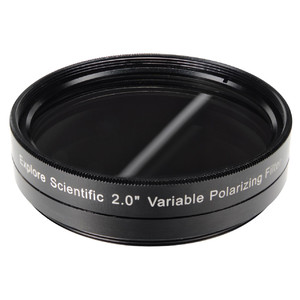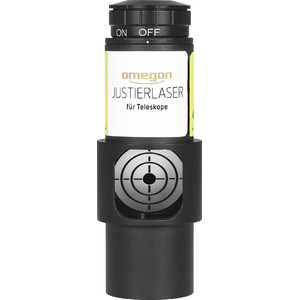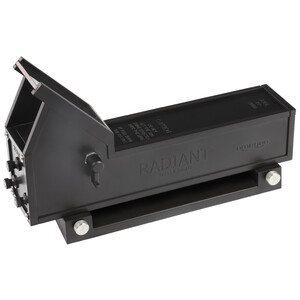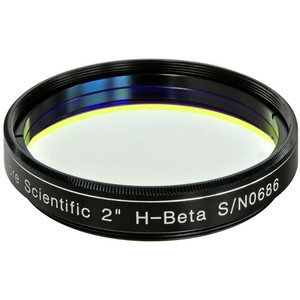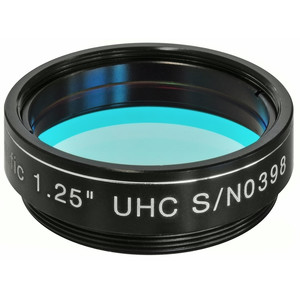Tyvärr har den här beskrivningen ännu inte översatts till svenska, så du hittar en engelsk artikelbeskrivning här.
The way an UHC filter works is very simple. It filters out the brightening of the sky due to artificial light. As many celestial objects, such as nebulae, radiate at other wavelengths, a considerable increase in contrast can be achieved by this. The background sky appears darker and, all at once, faint details become visible. Observing first without and then with a UHC filter makes the presence of an object very obvious.
The use of an UHC filter is not only useful at light-polluted sites; the contrast is also increased at dark sky sites. Many objects only first become visible at all when using an UHC filter. But also, highlights such as the Orion, Lagoon or Swan nebulae, show a whole new side to them.

